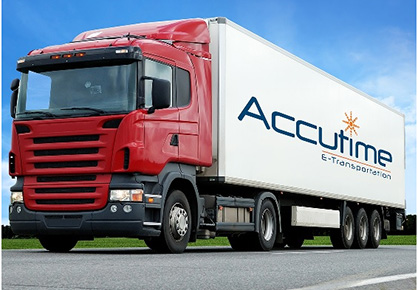

In this alphabet shipping soup, however, there are two freight acronyms that often rise to the top and are crucially important for any SMB (there's another one!) to understand: LTL and FTL. This lowers the clearance height to 100 inches, slightly reducing their overall capacity.There are a lot of acronyms in the world of freight: BOL, TMS, NMFC, EEI, POD to name just a few. LTL carriers’ trailers maintain the same specifications, except for roll doors in place of swing doors. FTL carriers typically drive 53-foot trailers with swing doors that are 102 inches wide and have clearance heights of 110 inches. Unless a shipper pays a premium to guarantee the quoted transit, delivery dates are estimates.ħ. Loads moved via LTL, however, seldom follow direct routes and will likely take longer than FTL. Total mileage, hours of service, posted speed limit, and estimated traffic determine arrival time.
FTL FREIGHT MEANING DRIVER
FTL transit can be predictable if the driver makes a timely pickup and goes straight through to the receiver. If the dimensioner detects the product’s specifications don’t match the bill of lading, then the carrier reclassifies the freight, which could affect the rate.Ħ. With LTL, the origin terminal reinspects the load, and each order is likely reweighed by a forklift or floor scale to ensure accuracy.īased on commodity profile, the freight might go through a dimensioner, which automatically scans it to determine weight and dimensions.

The exception is an FTL driver stopping at weigh stations to verify the truck is under the 80,000-pound legal limit. With FTL, product inspection doesn’t occur until the load gets to the receiver. Reweighing/reclassifying products for accuracy.
FTL FREIGHT MEANING WINDOWS
Typically, LTL pickup times aren’t guaranteed, with two-hour (or more) FCFS windows being the industry standard.ĥ. Delays can occur and compound, which impacts delivery windows.
FTL FREIGHT MEANING DRIVERS
While FTL drivers schedule a firm appointment time, LTL drivers require more flexibility since they pick up multiple shipments daily. First-come, first-serve pickup (FCFS) windows. With LTL, it is also vital to understand the requirements at delivery to improve front-end quoting accuracy.Ĥ. In these cases, remember the total potential cost savings with LTL versus FTL. Additionally, the provider needs to stay moving to stay profitable. With LTL, delays or unexpected consignee demands often result in charges since these carriers need to be paid for services rendered. FTL drivers are likely to worry less about taking a 15-minute driver assist or detention during a multiple-day transit.

Since FTL drivers stay with a load from pickup through delivery, they are closer to the process and limit accessorial charges. All LTL carriers use the National Motor Freight Traffic Association’s freight classification system to categorize commodities by attempting to account for their density, value, handling characteristics, and stowability.ģ.

LTL rates often vary more significantly, even if the mixed commodities move in the same lane with the same number of pallets.


 0 kommentar(er)
0 kommentar(er)
